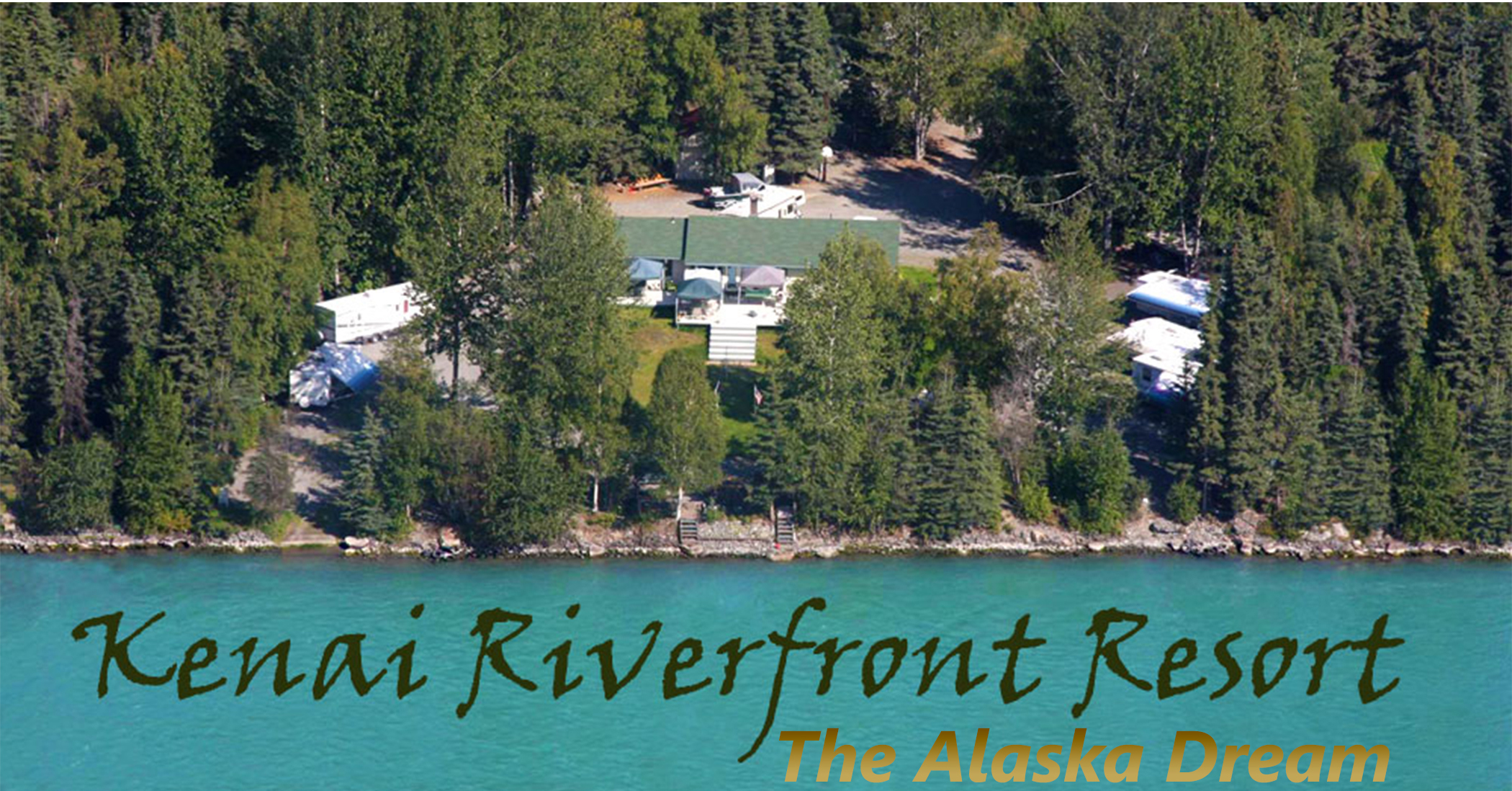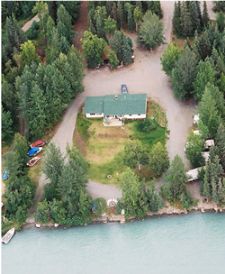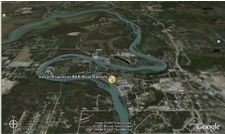Coho salmon (Oncorhynchus kisutch (Walbaum)) also called silver salmon, are found in coastal waters of Alaska from Southeast to Point Hope on the Chukchi Sea and in the Yukon River to the Alaska-Yukon border. Coho are extremely adaptable and occur in nearly all accessible bodies of fresh water-from large transboundary watersheds to small tributaries.
General description: Adults usually weigh 8 to 12 pounds and are 24 to 30 inches long, but individuals weighing 31 pounds have been landed. Adults in salt water or newly arrived in fresh water are bright silver with small black spots on the back and on the upper lobe of the caudal fin. They can be distinguished from Chinook salmon (Oncorhynchus tshawytscha) by the lack of black spots on the lower lobe of the tail and gray gums; Chinook have small black spots on both caudal lobes and they have black gums. Spawning adults of both sexes have dark backs and heads with maroon to reddish sides. The males develop a prominent hooked snout with large teeth called a kype. Juvenile coho salmon have 8 to 12 parr marks evenly distributed above and below the lateral line with the parr marks narrower than the interspaces. The adipose fin is uniformly pigmented. The anal fin has a long leading edge usually tipped with white, and all fins are frequently tinted with orange.
Life history: Coho salmon enter spawning streams from July to November, usually during periods of high runoff. Run timing has evolved to reflect the requirements of specific stocks. In some streams with barrier falls, adults arrive in July when the water is low and the falls are passable. In large rivers, adults must arrive early, as they need several weeks or months to reach headwater spawning grounds. Run timing is also regulated by the water temperature at spawning grounds: where temperatures are low and eggs develop slowly, spawners have evolved early run timing to compensate; conversely, where temperatures are warm, adults are late spawners. Adults hold in pools until they ripen, then move onto spawning grounds; spawning generally occurs at night. The female digs a nest, called a redd, and deposits 2,400 to 4,500 eggs. As the eggs are deposited, they are fertilized with sperm by the male. The eggs develop during the winter, hatch in early spring, and the embryos remain in the gravel utilizing the egg yolk until they emerge in May or June. The emergent fry occupy shallow stream margins, and, as they grow, establish territories which they defend from other salmonids. They live in ponds, lakes, and pools in streams and rivers, usually among submerged woody debris-quiet areas free of current-from which they dart out to seize drifting insects.
During the fall, juvenile coho may travel miles before locating off-channel habitat where they pass the winter free of floods. Some fish leave fresh water in the spring and rear in brackish estuarine ponds and then migrate back into fresh water in the fall. They spend one to three winters in streams and may spend up to five winters in lakes before migrating to the sea as smolt. Time at sea varies. Some males (called jacks) mature and return after only 6 months at sea at a length of about 12 inches, while most fish stay 18 months before returning as full size adults.
Little is known of the ocean migrations of coho salmon. High seas tagging shows that maturing Southeast Alaska coho move northward throughout the spring and appear to concentrate in the central Gulf of Alaska in June. They later disperse towards shore and migrate along the shoreline until they reach their stream of origin.
Commercial fishing: The commercial catch of coho salmon has increased significantly from low catches in the 1960s, reaching 6.25 million fish in 1986. About half of the catch was taken in Southeast Alaska, primarily by the troll fishery.
Sport fishing: The coho salmon is a premier sport fish and is taken in fresh and salt water from July to September. In 1986, anglers throughout Alaska took 201,000 coho salmon. In salt water they are taken by trolling or mooching (drifting) with herring or with flies or lures along shore. In fresh water they hit salmon eggs, flies, spoons, or spinners. Coho are spectacular fighters and the most acrobatic of the Pacific salmon, and on light tackle provide a thrilling and memorable fishing experience.






